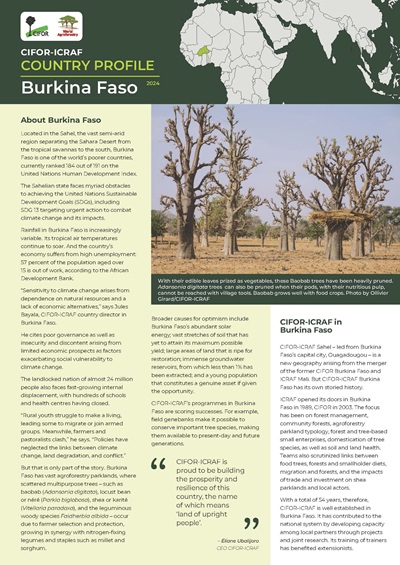Biofuel plants such as Jatropha curcas L. have potential to support the livelihoods of rural communities and contribute to sustainable rural development in Africa, if risks and uncertainties are minimized. Yet, recent papers have warned of the risk of biological invasions in such tropical regions as a consequence of the introduction of exotic biofuel crops. We investigated the seed dispersal risk and invasiveness potential of both J. curcas monoculture plantations and live fences into adjacent cultivated and uncultivated land use systems in Sissili province, Burkina Faso. Invasiveness potential was assessed through (i) detecting evidence of natural regeneration in perimeters around J. curcas plantations and live fences, (ii) assessing seed dispersal mechanisms, and (iii) assessing seedling establishment potential through in situ direct seed sowing. Spontaneous regeneration around the plantation perimeters of the three sites was very low. Individual seedling density around J. curcas live fences was less than 0.01 m-2 in all sites. Seventy percent of the seedlings were found close to the live fence and most of them derived from the same year (96 %), which indicates low seed-bank longevity and seedling survival. J. curcas can be dispersed by small mammals and arthropods, particularly rodents and ants. In some sites, such as in Onliassan, high secondary seed dispersal by animals (up to 98 %) was recorded. There were highly significant differences in germination rates between seeds at the soil surface (11 %) and those buried artificially at 1-2-cm depth (64 %). In conclusion, we failed to find convincing evidence of the spreading of J. curcas or any significant impact on the surrounding environment.
DOI:
https://doi.org/10.1007/s12155-014-9544-3
Altmetric score:
Dimensions Citation Count:
























